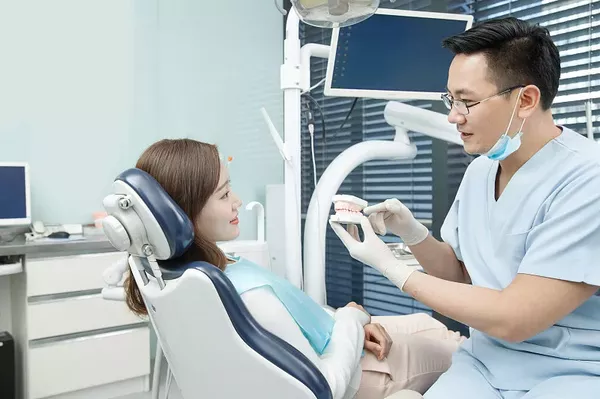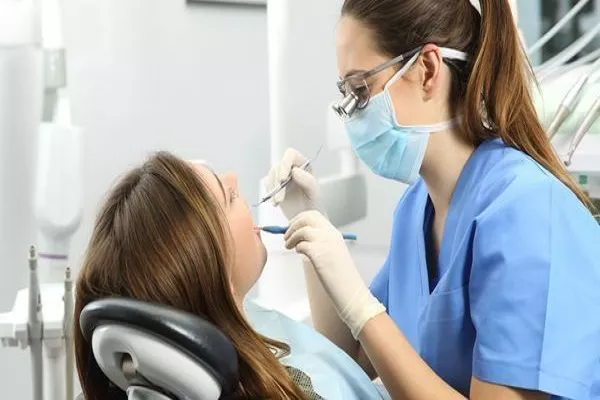Orthodontic retainers are essential for maintaining the results achieved through orthodontic treatment, ensuring that your teeth remain aligned and beautiful. However, it’s not uncommon to experience issues with retainers, such as the back of the retainer becoming loose. This can lead to discomfort and concerns about the effectiveness of the retainer. In this article, we will delve into the reasons why the back of your orthodontic retainer may become loose, potential solutions, and the importance of addressing the issue promptly.
Understanding Orthodontic Retainers
Orthodontic retainers play a vital role in preventing teeth from shifting back to their original positions after orthodontic treatment. There are two main types of retainers: removable retainers and permanent (fixed) retainers. Removable retainers are typically made of plastic or acrylic and can be taken out for cleaning and eating. Permanent retainers consist of a thin wire bonded to the back surfaces of the teeth and are designed for continuous wear.
Possible Causes of a Loose Back of the Retainer
Experiencing a loose back of your orthodontic retainer can be concerning, but there are several potential reasons for this issue:
Normal Wear and Tear:
Over time, retainers can experience normal wear and tear, especially if they are removable. The back of the retainer may become loose due to consistent use.
Accidental Damage:
Dropping, mishandling, or accidentally stepping on a removable retainer can lead to damage and loosening of various components, including the back part.
Wire Fatigue:
In the case of a permanent retainer, the wire can experience fatigue or stress over time, causing it to become loose or detached from the teeth.
Changes in Bite or Jaw Position:
Changes in your bite or jaw position can place additional stress on the retainer, potentially causing it to become loose.
Eating Hard or Sticky Foods:
Chewing on hard or sticky foods with a removable retainer in place can strain and loosen its components.
Inadequate Cleaning and Maintenance:
If you’re not properly cleaning and maintaining your removable retainer, it can accumulate debris, weaken, and become loose.
Solutions to Address a Loose Back of the Retainer
If you notice that the back of your orthodontic retainer is loose, there are steps you can take to address the issue:
Inspect the Retainer:
Carefully examine the retainer to identify any visible damage or issues that may be causing the looseness.
Stop Wearing the Retainer:
If the retainer is causing discomfort or irritation, stop wearing it until you can address the problem.
Contact Your Orthodontist:
If you have a removable retainer and notice it’s loose, contact your orthodontist for guidance. They can advise you on whether the retainer needs repair or replacement.
Consult a Professional:
If you have a permanent retainer and notice it’s loose, consult your orthodontist or dentist for professional evaluation and repair.
Avoid Self-Repairs:
Attempting to repair the retainer yourself can lead to further damage. It’s best to let a professional address the issue.
Importance of Prompt Action
Addressing a loose back of the retainer promptly is essential for several reasons:
Preventing Further Damage: Ignoring a loose retainer can lead to additional damage or detachment of components.
Ensuring Effective Retention: A loose retainer may not provide the intended retention, allowing teeth to shift.
Comfort and Oral Health: A loose retainer can cause discomfort, irritation, and potential oral health issues.
Preventing Future Issues
To prevent the back of your orthodontic retainer from becoming loose in the future:
Handle with Care: Be gentle when handling your retainer, whether it’s removable or permanent.
Follow Care Instructions: Adhere to the care and cleaning instructions provided by your orthodontist for removable retainers.
Regular Check-ups: Schedule regular dental check-ups to have your retainer and overall oral health evaluated.
Conclusion
Experiencing a loose back of your orthodontic retainer can be concerning, but understanding the potential causes and taking prompt action can help address the issue effectively. Whether you have a removable or permanent retainer, it’s crucial to inspect the retainer, stop wearing it if necessary, and contact your orthodontist or dentist for professional evaluation and repair. By addressing the problem promptly, you can ensure the continued effectiveness of your retainer in maintaining your beautifully aligned smile and prevent any potential discomfort or oral health issues.
Related Topics:






























